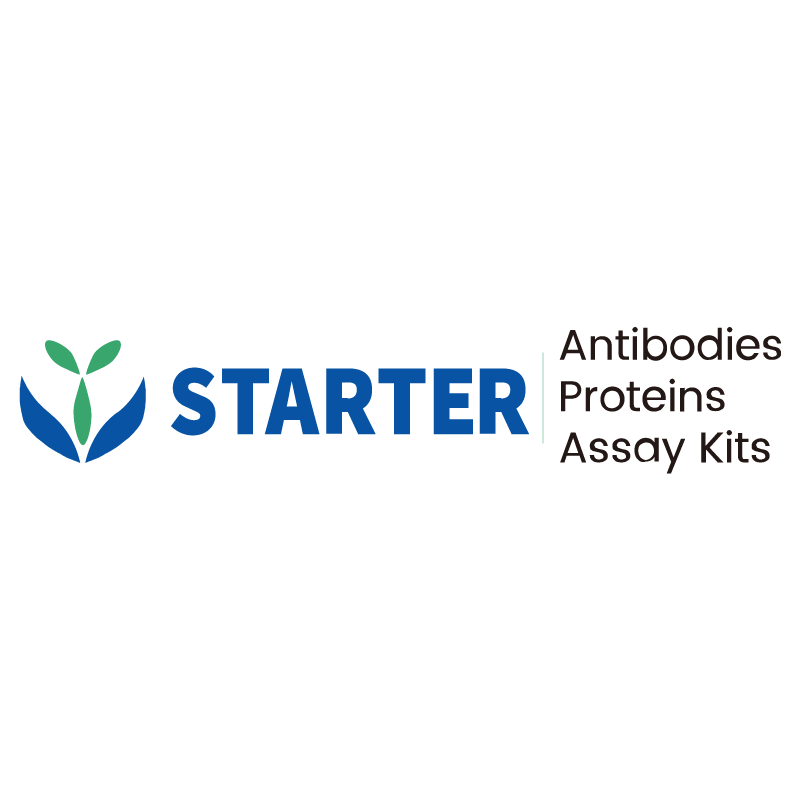Product Details
Product Details
Product Specification
| Host | Rat |
| Antigen | CD4 |
| Synonyms | T-cell surface glycoprotein CD4; T-cell differentiation antigen L3T4; T-cell surface antigen T4/Leu-3 |
| Immunogen | Recombinant Protein |
| Location | Cell membrane |
| Accession | P06332 |
| Clone Number | S-1259-5 |
| Antibody Type | Rat mAb |
| Isotype | IgG1,k |
| Conjugation | Alexa Fluor® 647 |
| Physical Appearance | Liquid |
| Storage Buffer | PBS, 25% Glycerol, 1% BSA, 0.3% Proclin 300 |
| Stability & Storage | 12 months from date of receipt / reconstitution, 2 to 8 °C as supplied |
Dilution
| application | dilution | species |
| FCM | 5 μl per million cells in 100μl volume |
Background
CD4 is a glycoprotein that functions as a co-receptor for the T-cell receptor (TCR) and is primarily expressed on the surface of helper T cells, monocytes, macrophages, and dendritic cells. It is a member of the immunoglobulin superfamily, consisting of four immunoglobulin domains (D1 to D4) that interact with MHC class II molecules on antigen-presenting cells. This interaction, mediated by the D1 domain of CD4, ensures that T cells recognize antigens presented by MHC II. The cytoplasmic tail of CD4 contains motifs that recruit the tyrosine kinase Lck, which amplifies T cell activation signals. Additionally, CD4 is crucial in the immune response, as it helps activate CD4+ T helper cells, which in turn stimulate other immune cells to combat infections. However, CD4 is also the primary receptor for HIV, allowing the virus to enter host T cells and cause immunodeficiency.


